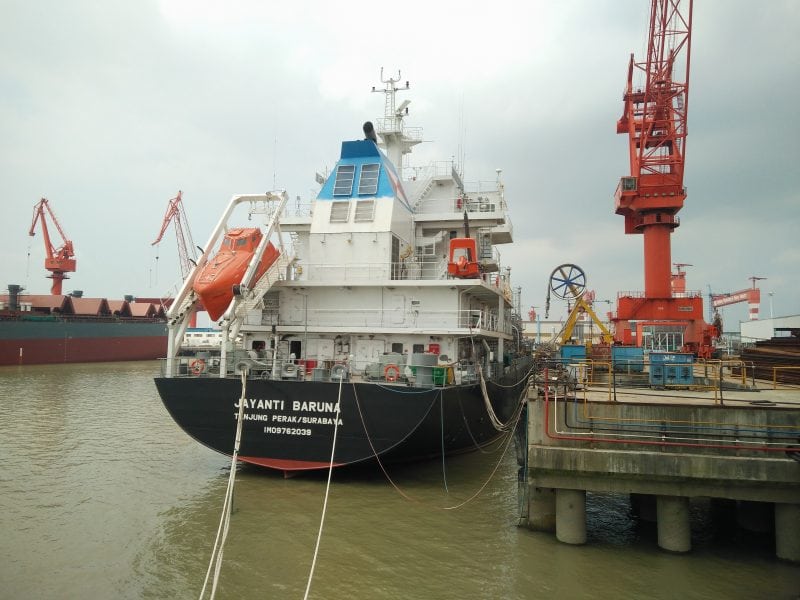
Liquefied natural gas (LNG) and diesel are commonly used fuels, however renewable Dimethyl Ether (DME) has drawn attention in recent years as it could be used as an alternative fuel to LNG and diesel. DME may also prove to be more efficient than diesel since DME has a higher combustion quality due to its high cetane number, thus achieving a higher efficiency.
On a commercial level, DME is typically produced through a two-step process, first, a synthetic gas (syngas) is converted to methanol, it then goes through methanol hydration, which produces DME. However, single-step synthesis of DME may prove to be a better option economically as they have a low investment and production costs. Some single step synthesis technologies include JFE technology and a process that adopts the hydrogen (H2) /carbon monoxide (CO) ratio of 1/1.
Carbon dioxide is a detrimental greenhouse gas (GHG); however, it is possible to mitigate the emissions where it can be converted into valuable chemicals or fuels. The use of CO2 as a gasifying agent in biomass gasification has gained interest over the past few decades. One advantage to using CO2 is that by adjusting its levels the H2/CO ratio will also change which therefore allows for the water gas shift reaction to being avoided. Another benefit to the process is the avoidance of using an oxygen separation unit, this helps to reduce energy consumption. A drawback, however, is the endothermic nature of the gasification reaction, meaning a constant heat source is needed.
This work focuses on the simulation of conventional DME synthesis system as well as DME production based on CO2-enhanced gasification of biomass. The conventional process uses oxygen and steam as the gasifying agent while the CO2-enhanced process utilizes CO2 with steam. As CO2 is one of the main products of the single-step DME synthesis, in the CO2-enhanced biomass gasification based DME production system, a portion of the emitted CO2 is recycled in the gasifier as the oxidizing agent that helps reduce the net CO2 emission of the system. This study also assesses the exergetic and environmental performance of bio-DME using CO2 as a gasifying agent (CO2-enhanced system). Thus, the respective energy, exergetic and environmental analyses of the two processes were compared. An effort was also made to learn more about process unit inefficiencies.
The novel CO2-enhanced process produced 0.59 kg of DME per kg of gumwood feedstock which was 28% higher than the conventional system. The results revealed that the plant energy efficiency and plant exergetic efficiency were higher for a CO2-enhanced system than for a conventional system. In both systems, the largest exergetic loss occurred in the gasification unit; however, the enhanced system had a reduced loss.
The life cycle analysis (LCA) of the investigated systems showed that using CO2 as a gasifying agent results in less environmental impact as compared to conventional systems. This subsequently made the enhanced system a more promising option for DME synthesis. These findings could assist in the development and commercialization of CO2-enhanced DME production.
These novel findings are described in the article entitled Bio-DME production based on conventional and CO2 -enhanced gasification of biomass: A comparative study on exergy and environmental impacts, recently published in Biomass and Bioenergy. This work was conducted by Ashak Mahmud Parvez, Tao Wu, Sannia Mareta from University of Nottingham Ningbo China, Nick Miles from University of Nottingham, Nottingham, UK, Sheng Li from Chinese Academy of Sciences, Beijing, China and Iqbal M Mujtaba from University of Bradford, Bradford, UK








